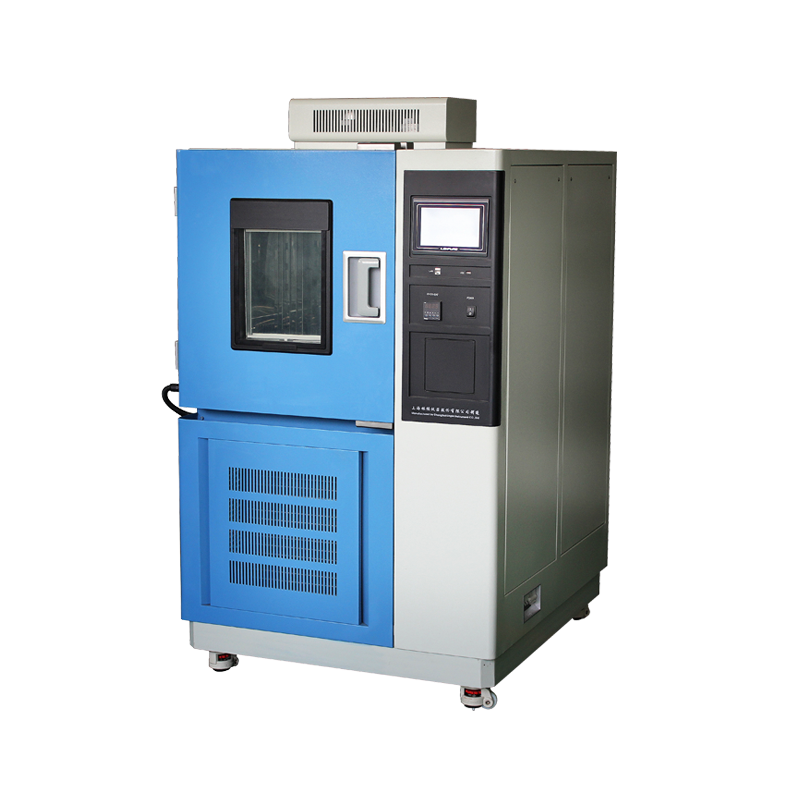

With the rapid development of industrial production, temperature and humidity test chambers have become essential equipment for simulating external climatic conditions. These chambers replicate temperature and humidity environments to evaluate product adaptability under various conditions.
While operating the test chamber is relatively straightforward, users may encounter common issues, such as the inability to reduce humidity. If this problem occurs, the first step is to check whether the humidification system is functioning normally. If the system is operating correctly and there is water in the tank, further investigation is needed to determine why the humidity remains at 100% without dropping. Identifying the root cause is crucial for effective troubleshooting.

Possible Causes and Solutions:
Check the Humidity System’s Water Supply and Refrigeration
If the compressor fails to cool, the air cannot be converted into cold air, preventing humidity from decreasing. Ensure the refrigeration system is working properly.
Inspect the Humidity Sensor and Wet Bulb
Open the chamber door and locate the two sensors at the upper right rear: the higher one is the temperature sensor, and the lower one is the humidity sensor.
Focus on the humidity sensor and verify whether the gauze is correctly positioned.
Adjust or Replace the Gauze if Misplaced or Dirty
If the gauze is displaced, reposition it over the humidity sensor.
The gauze acts as a sensing medium—without it, the chamber cannot detect humidity accurately, leading to incorrect readings.
Regularly inspect and replace the gauze, as dirt buildup can impair its sensitivity.
Conclusion
Although temperature and humidity test chambers are relatively simple to operate, minor oversights—such as improper gauze placement—can cause significant issues like uncontrolled humidity. Therefore, users should pay close attention to details like sensor maintenance to ensure accurate and reliable test results.
By performing routine checks and addressing these small but critical factors, users can prevent humidity control problems and maintain optimal chamber performance.